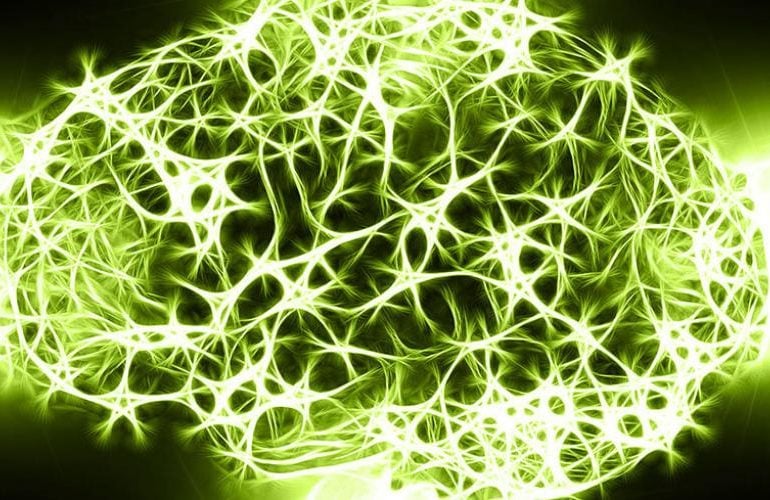Researchers at the US National Institute of Standards and Technology (NIST) in Colorado have developed a superconducting switch that “learns” like its biological counterpart.
The switch, called a synapse, could connect processors and store memories within future computers operating like the human brain.
According to the study, the NIST switch supplies a missing piece for so-called neuromorphic computers.
Envisioned as a new type of artificial intelligence, such computers could boost perception and decision-making for applications such as self-driving cars and cancer diagnosis.
Biological synapse is a connection or switch between two brain cells.
NIST’s artificial synapse, a squat metallic cylinder 10 micrometers in diameter, is a connecting switch between incoming electrical spikes and the signals being output.
It works in the same way that a human synapse quickly switches between two brain cells.
According to the study, NIST’s synapse would be used in neuromorphic computers made of superconducting components, which can transmit electricity without resistance, and therefore, would be more efficient than other designs based on semiconductors or software.
Data would be transmitted, processed and stored in units of magnetic flux.
“The NIST synapse has lower energy needs than the human synapse, and we don’t know of any other artificial synapse that uses less energy,” Mike Schneider, NIST physicist, was quoted as saying in a news release.
Compared to a brain cell’s 50 times per second, NIST synapse is capable of firing one billion times per second.
The more firing between cells or processors, the stronger the connection.
Both the real and artificial synapses can thus maintain old circuits and create new ones.
The new synapse would be used to make neuromorphic computers, computers that function like the human brain, a reality.
These conceptual machines are made of superconducting components, which can transmit electricity without resistance, and therefore, would be more efficient than other designs based on semiconductors or software.
Other superconducting devices mimicking the human brain cells and transmission have been developed in the past, but efficient synapses have been missing.
NIST’s synapse could be the crucial invention that would essentially tie them all together.
Crucially, the synapses can also be stacked in three dimensions (3-D) to make large systems that could be used for computing.
NIST researchers created a circuit model to simulate how such a system would operate.
Copyright 2024 TheCable. All rights reserved. This material, and other digital content on this website, may not be reproduced, published, broadcast, rewritten or redistributed in whole or in part without prior express written permission from TheCable.
Follow us on twitter @Thecablestyle

